The History of the Tie-Dye Shirt
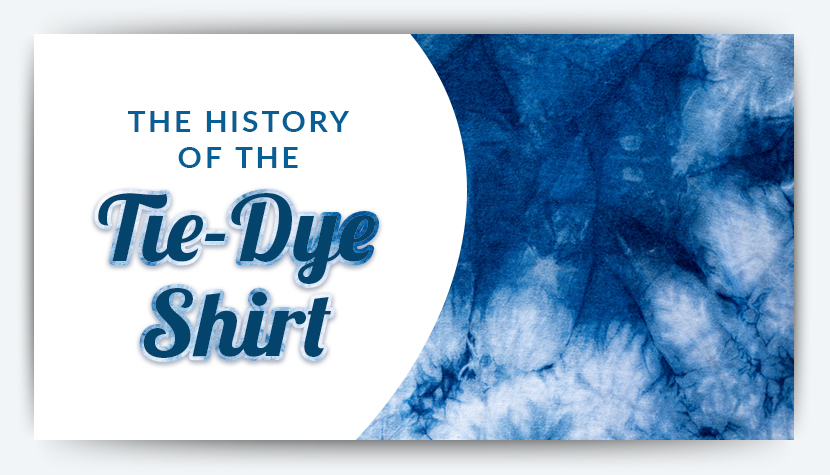
If you think tie-dye originated in the 1960s, think again. While it rose to popularity in America during the heyday of the hippies, its roots go back to ancient Asia. While tie-dye became popular in the United States during the hippie era, it has actually been a part of American culture since the 1920s.
Tie-dye designs never really go out of style. While tie-dye’s popularity waxes and wanes, it is something that will be around for many years to come. Let’s take a closer look at the tie-dye shirt throughout history.
Our Shirts Have Some of the Coolest Tie-Dye Designs and Patterns
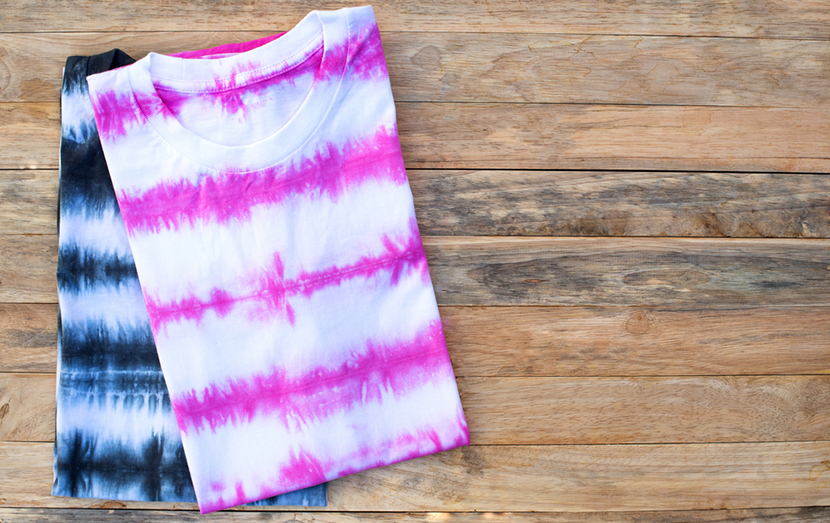
Tie-Dye in Ancient Asia
The earliest written records about tie-dye come from China and Japan. The process was used during the T’ang Dynasty in China and the Nara Period in Japan as far back as the 6th century. People used natural dyes from berries, leaves, roots and flowers to color clothing. These natural items were boiled, and the fabrics then soaked in the hot, dyed water to take on a new color.
As early as the 6th century in India, people practiced a type of tie-dye known as Bandhani. This process involves using thread to tie off small pieces of fabric in intricate patterns before dipping the fabric in dye. This type of tie-dyeing is still practiced today.
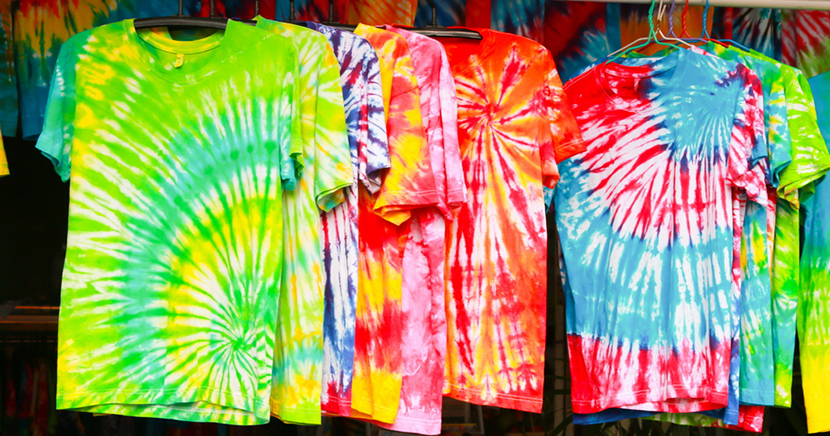
The Rise of Tie-Dye in America
In the United States, tie-dyeing first rose to popularity in the period known as the Roaring ’20s. It remained popular during the Great Depression as a way for people to cheaply decorate their homes and clothing using the tie-dyeing process.
Purchase Wholesale T-Shirts to Make Your Own Tie-Dye at Home
The Hippie Era
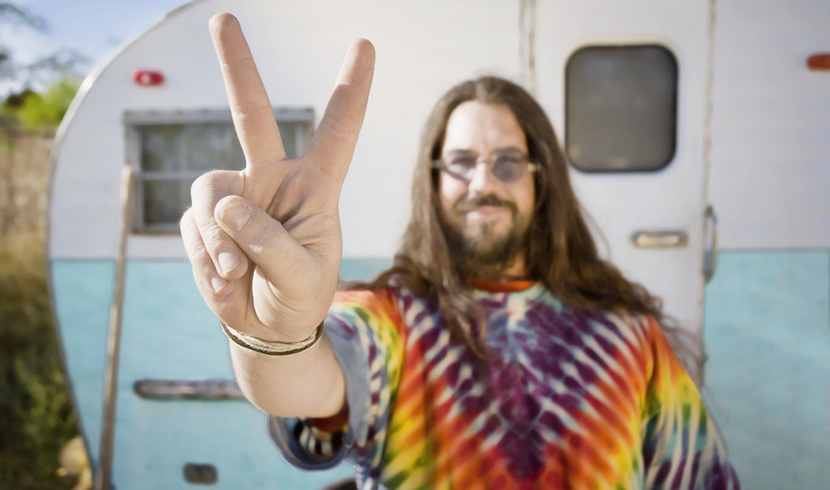
The 1960s is, of course, the decade most commonly associated with tie-dye. While the style hadn’t been “in” for a few decades at that point, it saw a surge in popularity during the hippie era because it served as a simple and inexpensive way to express creativity. Hippies longed to escape from the strict societal norms of the 1950s, and tie-dye exuded a free-spirited style.
When big stars like Janis Joplin and Jerry Garcia started wearing tie-dye, the youth of America quickly picked up on the trend. It became one of the most iconic looks of the time period.
The 1980s and Beyond
While tie-dye shirts tend to come back in style every few years, they really hit a high point during the 1980s. During this decade, designers began incorporating this look into their fashion shows. The new types of dye that hit the market during the 1980s had much greater staying power, and they offered a greater variety of shades and colors.
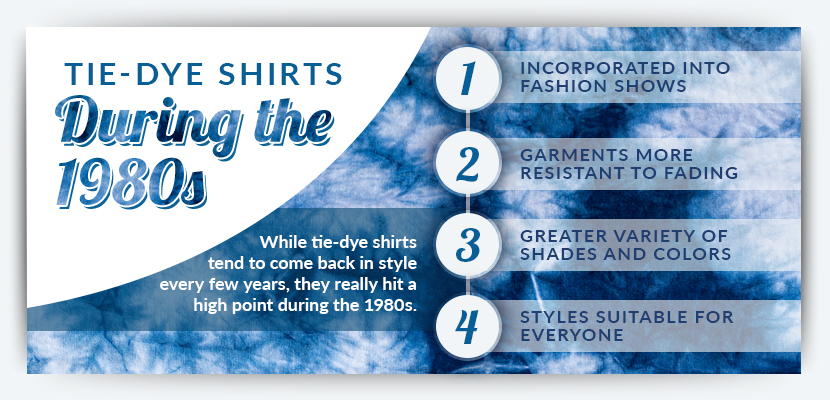
Today, tie-dye shirts remain as popular as ever. They come in a wide range of colors and styles. From brightly colored swirls to more subdued pastels, there are tie-dye styles that are suitable for just about everyone.
Making Your Own Tie-Dye Shirts
If you love the look and want to learn how to tie-dye your own shirts, getting started is easy. There are different methods of tie-dyeing that will allow you to achieve different looks. Still, the process generally involves twisting, folding and tying fabric before soaking it in warm, dye-filled water. Here are a few basic tips to help you get started.
First, purchase some blank, discount t-shirts. Cotton works best. Other necessary supplies include rubber bands, scissors, squirt bottles, buckets for dipping, soda ash and rubber gloves.
Start by soaking your shirt(s) in a solution of soda ash and warm water. The soda ash helps ensure that the dye is absorbed efficiently and keeps colors bright. Let soak for about 10 to 15 minutes. While that’s happening, fill your buckets or squirt bottles with mixed dye.
Remove your clothing from the warm water and wring them out. Twist, fold or wrap your shirts to create a design with rubber bands.
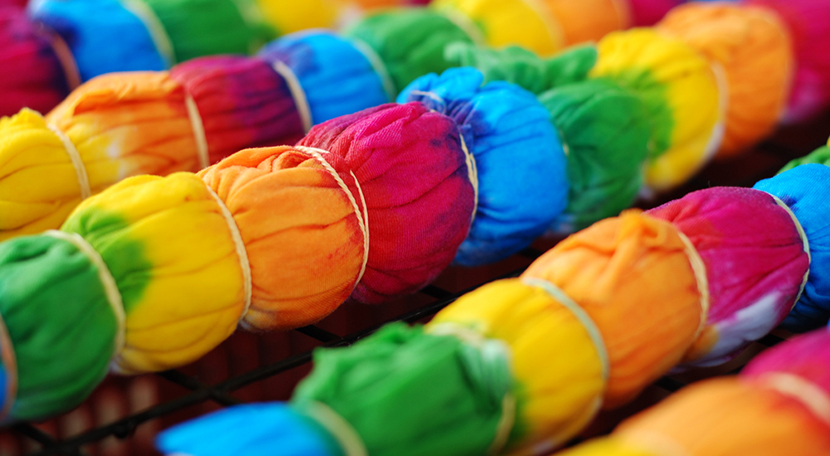
Once your shirts are tied, it’s time to start dyeing. Work from your darkest color to your lightest. Soak or apply color until it looks a shade or two darker than your desired final outcome. When you’re finished, put each shirt in a separate plastic bag and let sit.
After letting your shirt rest, carefully cut off the rubber bands. Next, rinse the dyed garment under warm water. Reduce the temperature gradually as you rinse. Wring the shirt gently and then hang to dry. Finally, wash your completed garment in cold water. The color will bleed for the first few washes, so wash your new tie-dyed shirt alone.
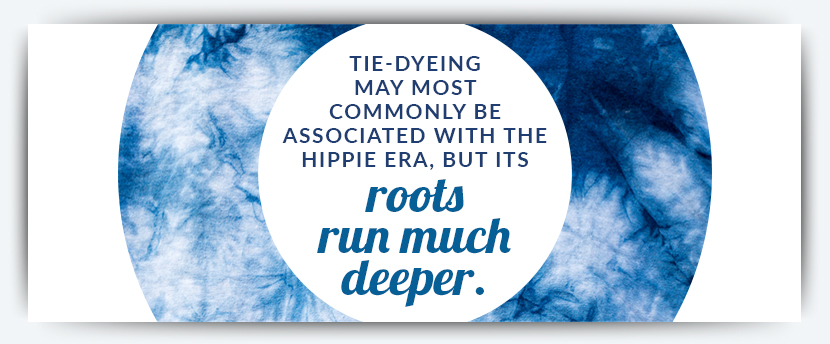
Conclusion
Tie-dyeing may most commonly be associated with the hippie era, but its roots run much deeper. From ancient cultures to today’s arts and crafts projects, this process has truly withstood the test of time.


